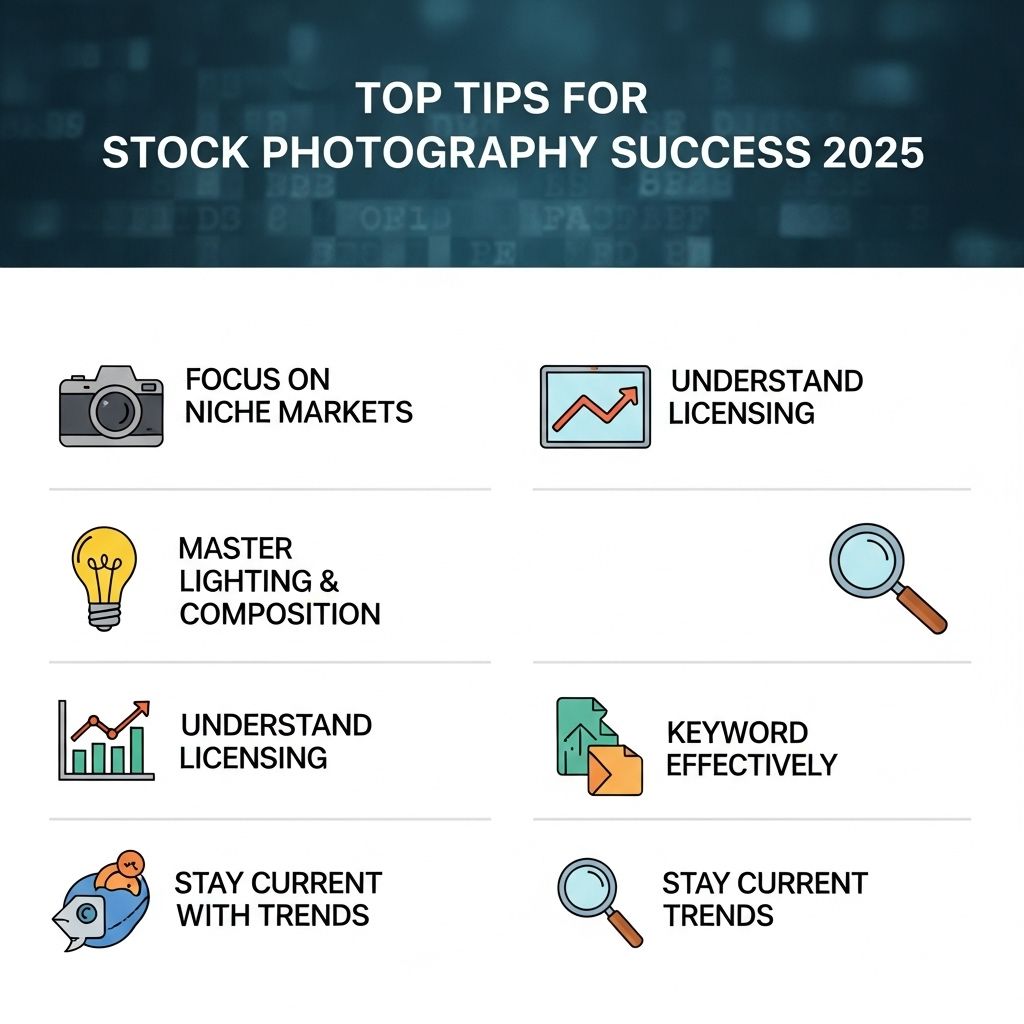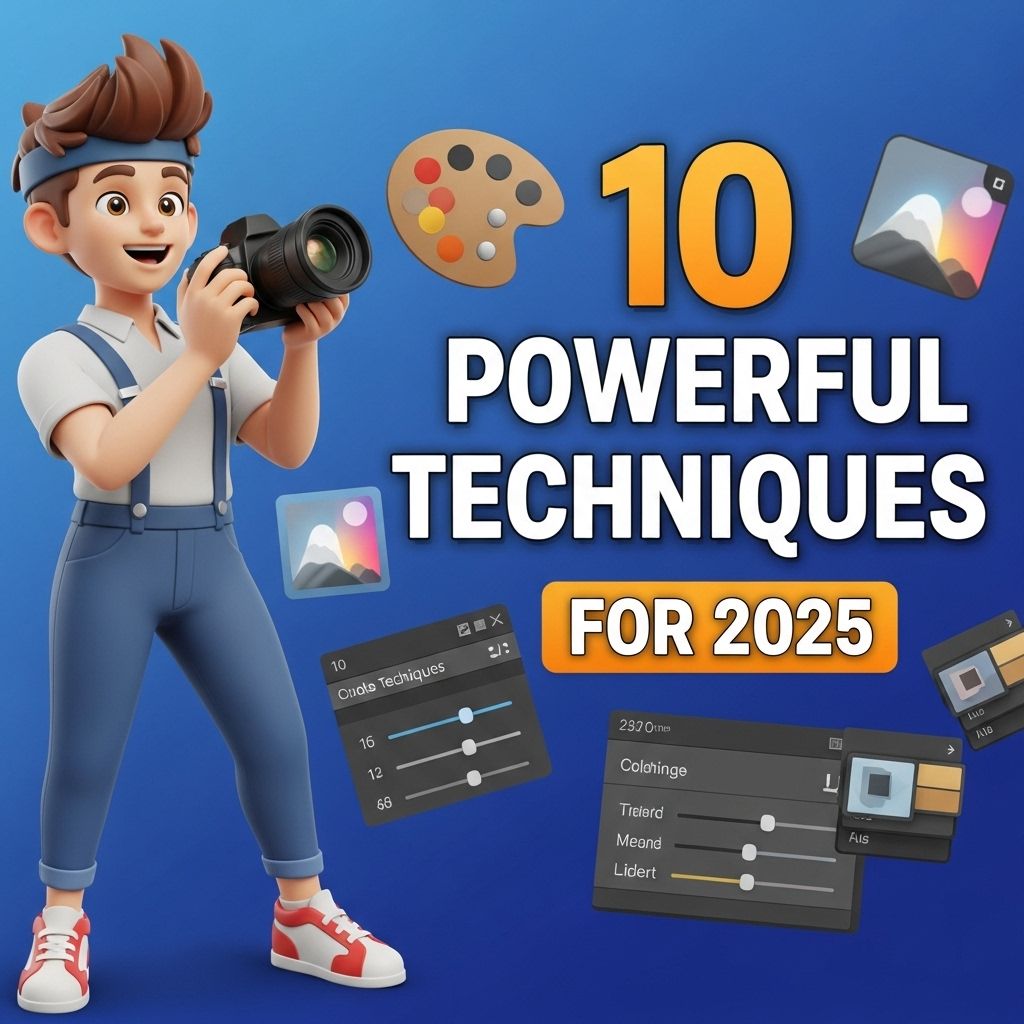Stock photography has become a vital component of the digital marketing landscape, allowing businesses and individuals to access high-quality visuals without the need for a professional photographer. As the demand for compelling imagery continues to grow, so do the opportunities for photographers to sell their work. Whether you’re a seasoned pro or just starting out, understanding the nuances of stock photography can significantly enhance your chances of success. In this article, we will explore essential strategies, tools, and techniques that can elevate your stock photography game in 2025 and beyond.
Understanding the Stock Photography Market
Before diving into the tips for success, it’s crucial to understand the current state of the stock photography market. The industry has evolved, with several players dominating the scene. Here are some key points to consider:
- The shift towards digital: Most transactions now occur online, meaning that having a robust online presence is essential.
- Emergence of microstock platforms: Low-cost images have proliferated, requiring photographers to adapt their pricing strategies.
- Increased competition: With more photographers entering the field, standing out has never been more vital.
Essential Tips for Success
1. Know Your Niche
Focusing on a specific niche can help you develop a unique portfolio that attracts buyers. Consider the following niches:
- Food and beverage photography
- Technology and innovation
- Lifestyle and wellness
- Travel and adventure
- Business and finance
2. Quality Over Quantity
While it might be tempting to upload as many photos as possible, prioritizing quality is crucial. Buyers are searching for images that are technically sound and visually appealing. Here’s what to focus on:
- Sharp focus and appropriate exposure
- Proper composition and framing
- Use of natural light where applicable
3. Stay Current with Trends
Photography trends change rapidly, and staying ahead of the curve can give you a competitive edge. Consider the following:
- Follow industry blogs and influencers
- Participate in photography communities on social media
- Experiment with emerging styles and techniques
4. Optimize Your Metadata
Metadata plays a crucial role in increasing the visibility of your photos on stock platforms. Use the following strategies:
- Provide descriptive titles that accurately reflect the content
- Include relevant keywords that buyers might use to search for images
- Write comprehensive descriptions that provide context to your images
Leveraging Technology and Tools
5. Invest in the Right Equipment
Your equipment can significantly impact the quality of your photos. Here are essential items to consider:
| Equipment | Purpose |
|---|---|
| Camera body | High-quality images and versatility |
| Lens | Different perspectives and focal lengths |
| Tripod | Stability for long exposures |
| Lighting equipment | Control over lighting conditions |
6. Utilize Editing Software
Post-processing is an integral part of photography. High-quality editing software can help you enhance your images. Popular options include:
- Adobe Lightroom
- Adobe Photoshop
- Capture One
- Affinity Photo
Building Your Online Presence
7. Create a Portfolio Website
A professional portfolio website serves as your digital business card and can impress potential buyers. Consider these elements:
- A clean and intuitive layout
- High-resolution images in various categories
- Client testimonials and success stories
8. Engage on Social Media
Social media platforms can be powerful tools for promoting your stock photography. Here are some strategies:
- Share your images on platforms like Instagram and Pinterest
- Join photography groups on Facebook and LinkedIn
- Use hashtags to increase visibility
9. Collaborate with Other Creatives
Networking with other photographers and creatives can provide new opportunities and insights. Consider:
- Participating in workshops and webinars
- Collaborating on projects to reach wider audiences
- Cross-promoting with other photographers
Understanding Licensing and Legal Aspects
10. Familiarize Yourself with Licensing Types
Understanding different licensing agreements is vital in stock photography. There are two primary types:
- Royalty-Free (RF): Buyers pay a one-time fee for the right to use the image without restrictions.
- Rights Managed (RM): Licensing is more complex, allowing for limited use based on specific conditions.
11. Model and Property Releases
If your photographs feature people or private property, obtaining model and property releases is essential to avoid legal issues. Make sure to:
- Have clear, concise release forms
- Ensure participants understand how their images will be used
- Keep records of all signed releases
Evaluating Your Success
12. Monitor Your Sales and Analytics
Many stock photography platforms provide analytics that can help you track which images sell best. Consider:
- Regularly review sales reports
- Analyze trends in your best-selling images
- Adjust your portfolio based on performance insights
13. Gather Feedback
Soliciting feedback from peers and clients can provide valuable insights into your work. Consider:
- Participating in photography critique groups
- Requesting constructive criticism from fellow photographers
- Surveying clients about their preferences
Conclusion
Success in stock photography requires dedication, creativity, and a strategic approach. By understanding the market, focusing on quality, leveraging technology, and building your online presence, you can significantly enhance your chances of success. As we step into 2025, embracing these tips will equip you to navigate the evolving landscape of stock photography and help you achieve your goals.
FAQ
What are the key trends in stock photography for 2025?
Key trends include a focus on diversity and inclusion, the rise of authentic and candid imagery, and the increasing demand for high-quality, niche content that tells a story.
How can I improve my stock photography portfolio?
To improve your portfolio, focus on creating a cohesive style, researching current market demands, and regularly updating your collection with fresh, relevant images.
What types of images are in high demand for stock photography?
Currently, images that depict remote work, health and wellness, sustainability, and lifestyle diversity are in high demand, reflecting contemporary societal trends.
How important is keywording in stock photography?
Keywording is crucial as it enhances the discoverability of your images. Use relevant and specific keywords to increase the chances of your photos being found by potential buyers.
Should I focus on a niche for stock photography?
Yes, focusing on a niche can help you stand out in a crowded market and attract a specific audience looking for specialized content.
What equipment do I need for successful stock photography?
While high-quality cameras are important, investing in good lenses, lighting equipment, and editing software can significantly enhance the quality of your stock photos.




